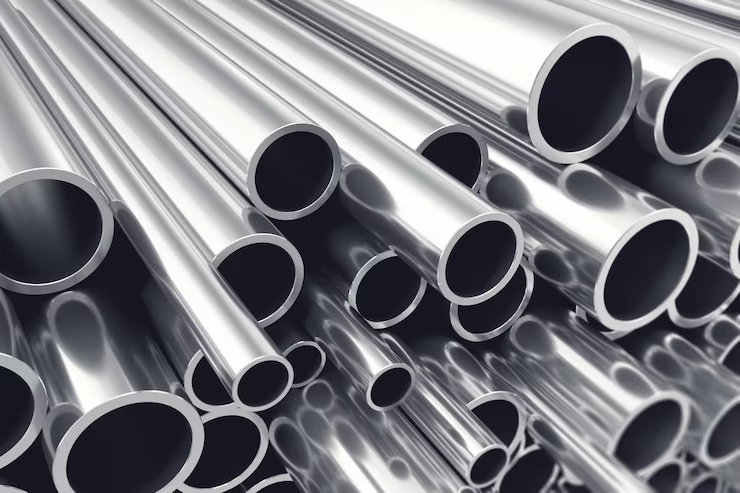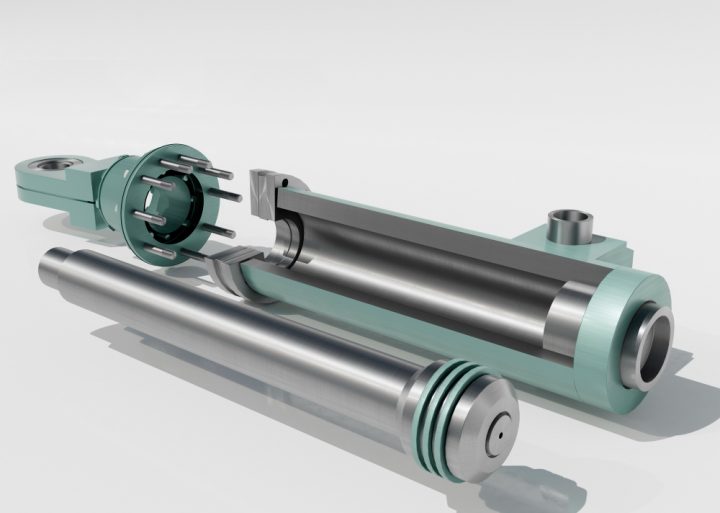Introduction
When it comes to choosing materials for your industrial or construction project, stainless steel emerges as a top contender for its durability, corrosion resistance, and versatility. Among the various forms of stainless steel, tubes play a crucial role in numerous applications, ranging from transporting fluids to structural support. However, selecting the right stainless steel tubes for your project requires careful consideration of several factors. In this comprehensive guide, we will delve into the key aspects that should influence your decision, ensuring that you make an informed choice that aligns with the specific requirements of your project.
1. Understanding Stainless Steel Grades
Stainless steel comes in a variety of grades, each offering distinct properties suitable for different applications. The two most common grades for tubes are 304 and 316 stainless steel.
– 304 Stainless Steel: Known for its excellent corrosion resistance and versatility, 304 stainless steel is a popular choice for general-purpose applications. It is suitable for projects where exposure to corrosive elements is moderate.
– 316 Stainless Steel: If your project involves exposure to harsher environments, such as marine or chemical applications, 316 stainless steel is the preferred choice. It contains molybdenum, enhancing its corrosion resistance, and making it resistant to pitting and crevice corrosion.
2. Tube Dimensions and Wall Thickness
The dimensions of stainless steel tubes are critical considerations that impact their performance in specific applications. The outer diameter (OD) and wall thickness are two key dimensions to focus on.
– Outer Diameter (OD): The outer diameter determines the size of the tube, and it is crucial for applications where space constraints exist. Consider the available space and ensure that the chosen tube’s outer diameter fits within the designated area without compromising functionality.
– Wall Thickness: The wall thickness of stainless steel tubes directly affects their strength and durability. Thicker walls provide greater strength but may increase the overall weight of the structure. Evaluate the structural requirements of your project to determine the optimal wall thickness for the tubes.
3. Corrosion Resistance
One of the primary advantages of stainless steel is its inherent corrosion resistance. However, the level of resistance varies among different grades. Assess the environmental conditions to which the tubes will be exposed and choose a grade that offers sufficient protection.
– Atmospheric Conditions: For projects in urban or industrial environments with moderate exposure to corrosive elements, 304 stainless steel is generally suitable. If your project involves coastal or marine applications, where exposure to saltwater is significant, opt for the superior corrosion resistance of 316 stainless steel.
– Chemical Exposure: When dealing with chemicals or corrosive substances, it is essential to select a stainless steel grade that can withstand such environments. Consult with a materials engineer to determine the most appropriate grade based on the specific chemicals involved.
4. Temperature Considerations
Stainless steel retains its strength and corrosion resistance across a wide range of temperatures. However, extreme temperatures can impact its performance. Consider the operating temperature range of your project and choose a stainless steel grade that can withstand the anticipated conditions.
– High Temperatures: If your project involves exposure to elevated temperatures, such as in industrial furnaces or exhaust systems, ensure that the selected stainless steel grade has high-temperature resistance. Grades with added elements like nickel and chromium are known for their ability to withstand high temperatures.
– Low Temperatures: In applications where low temperatures are a concern, such as in cryogenic environments, choose a stainless steel grade with good low-temperature toughness. Some austenitic stainless steels exhibit excellent performance at low temperatures.
5. Tube Finishes and Surface Treatment
The surface finish of stainless steel tubes is not only a matter of aesthetics but also impacts their performance and corrosion resistance. Common finishes include:
– Mill Finish: This is the standard finish directly from the manufacturing process. While it provides basic corrosion resistance, additional treatments may be required for specific applications.
– Polished Finish: Polishing enhances the aesthetic appeal of stainless steel tubes and improves corrosion resistance by eliminating surface imperfections. It is suitable for applications where appearance is a significant consideration.
– Passivation: Passivation is a chemical process that removes free iron from the surface of stainless steel, enhancing its corrosion resistance. This treatment is particularly important for tubes used in environments where corrosion is a critical concern.
6. Weldability and Fabrication
If your project involves welding or other fabrication processes, consider the weldability of the chosen stainless steel grade. Some grades are more easily weldable than others, and the welding process can affect the corrosion resistance of the material.
– Weldability: Austenitic stainless steels, such as 304 and 316, are generally more weldable than other types. They exhibit good formability and can withstand welding without significant loss of corrosion resistance. However, it’s essential to follow proper welding procedures to minimize the risk of corrosion.
– Fabrication Requirements: Consider the fabrication processes involved in your project, such as bending, machining, or welding. Different stainless steel grades may have varying responses to these processes, so choose a grade that aligns with your fabrication requirements.
7. Regulatory Compliance and Certification
Ensure that the stainless steel tubes you choose comply with industry standards and regulations. Depending on your project, you may need tubes that meet specific certifications and quality standards.
– ASTM Standards: The American Society for Testing and Materials (ASTM) establishes standards for various materials, including stainless steel. Check whether the stainless steel tubes meet the relevant ASTM standards for your application.
– Certifications: Depending on the industry and application, certifications such as ISO, ASME, or specific industry standards may be required. Verify that the stainless steel tubes come with the necessary certifications to ensure quality and compliance.
Conclusion
In the complex landscape of material selection for engineering and construction projects, the choice of stainless steel tubes plays a pivotal role in ensuring the longevity and reliability of structures. As we conclude this comprehensive guide, it’s crucial to highlight the role of platforms like Enggpro, a B2B marketplace dedicated to engineering products and services.
We serve as a valuable resource for professionals seeking high-quality stainless steel tubes and other engineering materials. Leveraging the platform can simplify the procurement process, providing access to a wide array of suppliers, ensuring competitive pricing, and facilitating compliance with industry standards.
Whether you are embarking on a new project or looking to optimize existing structures, Our platform streamlines the sourcing process, connecting you with trusted suppliers offering a range of stainless steel tubes that meet your specific requirements. The platform’s commitment to quality and compliance aligns with the meticulous considerations discussed in this guide, making it an invaluable tool for engineers, project managers, and procurement specialists.
In a dynamic engineering landscape where precision and reliability are paramount, Enggpro stands as a bridge between project requirements and top-tier suppliers. Utilizing such platforms not only enhances efficiency in the sourcing process but also ensures that your project benefits from the latest advancements in materials and technology.
As you navigate the intricate decisions involved in selecting stainless steel tubes for your project, consider Enggpro as a strategic partner in your quest for quality engineering products and services. With the right information and the support of platforms like Enggpro, you can embark on your project with confidence, knowing that you’ve made an informed choice that aligns with the highest industry standards.



